Indigenous students in Canada face unique barriers in obtaining post-secondary qualifications. Intergenerational trauma and low socioeconomic wellbeing, caused by decades of government-sanctioned abuse and attempted assimilation by residential schools, have long impeded access to higher education within First Nations, Inuit, and Métis communities.12Limited funding opportunities further obstruct educational pursuits. Yet, Indigenous student admission to Canadian post-secondary institutions is on the rise, and considerable evidence suggests that desire to pursue post-secondary degrees is even greater than current enrollment numbers indicate. Each year, an estimated 10,000 qualifying Indigenous applicants remain on funding waitlists, while even more find their federal education funding deferred though they continue to qualify.3 It is imperative that Canadian universities work with federal funding programs to support this growing demographic achieve their academic goals.
The Post-Secondary Student Support Program (PSSSP), founded in 1989, remains the primary mechanism for Indigenous students seeking assistance with post-secondary enrolment. Application guidelines are stringent, limited to Inuit and status First Nations students, and funding is provided annually in blocks for regional tribal bands and Inuit councils to administer to individual students. At present, funding cannot surpass $35,000 per student, which is meant to cover all education-related and living costs.4 This policy is highly problematic, however, as post-secondary living and education expenses often exceed this maximum. Given the remote location of many First Nations and Inuit communities, for instance, Indigenous students must travel great distances to and from school. Not only can such transportation prove expensive, but distance may also act as a barrier for many who wish to maintain close ties to community and family.56
The current federal plan includes a fixed-budget increase of 2%, which will never match post-secondary application rates within Indigenous groups.
A fiscal analysis presented by the Assembly of First Nations in 2011 estimated that a minimum of $724 million was necessary to ensure adequate funding for Indigenous students who wished to enroll in post-secondary education at that time. But in 2017, only $90 million of the $3.4 billion of government funding allocated to areas of “critical need” over next five years will go to the PSSSP.7 The government estimates the amount will support the financial needs of 4,600 First Nations and Inuit students, a mere fraction of those in need of assistance. The current federal plan also includes a fixed-budget increase of 2%, which will never match post-secondary application rates within Indigenous groups.
It is clear that beyond increased funding, the federal government must reassess the efficacy of PSSSP and explore other avenues of educational outreach, like online, distanced, or part-time programs, to accommodate demand. With nearly three-fourths of part-time Indigenous learners over the age of 24, new technologies should be used to make learning remotely more accessible, and allow parents or older individuals with professional and familial obligations to take courses in a way that fits with the demands of their everyday lives.8
The Indigenous post-secondary student population in Canada is growing, and better-tailored student support systems, like the PSSSP, as well as increased accessibility and affordability of post-secondary institutions, remain a must. Only once these barriers are removed will students from some of the most marginalized populations within Canada be afforded the same quality of life as other Canadians.
- Brent Stonefish, Moving Beyond: Understanding the Impacts of Residential Schooling, (Owen Sound: Ningwakwe Learning Press, 2007).
- Calvin Helin & Dave Snow, Free to Learn: Giving Aboriginal Youth Control over their Post-Secondary Education, (Ottawa: Macdonald-Laurier Institute for Public Policy, 2010).
- R.A. Malatest & Associates Ltd, “Factors Affecting the Use of Student Financial Assistance Programs by Aboriginal Youth: Literature Review,” Report Prepared for Canadian Millennium Scholarship Foundation, (Montreal: The Council of Ministers of Education Canada and the Canadian Education Statistics Council, 2008).
- Andrew Parkin, 2015, “International Report Card: Key Facts on Canadian Achievement and Equity,” The Environics Institute for the Association of Canadian Community Colleges, (accessed Nov 24, 2016), http://www.environicsinstitute.org.
- Association of Canadian Community Colleges, “Colleges Serving Aboriginal Learners and Communities”, Environmental Scan: Trends, Programs, Services, Partnerships, Challenges and Lessons Learned, Colleges and Institutes Canada, 2010, (accessed Nov 24, 2016), http://www.afn.ca/uploads/files/accc-communities.pdf.
- Margo McDiarmid, “Budget targets $3.4B for ‘critical’ needs of Indigenous communities,” CBC News, 22 March 2017, http://www.cbc.ca/news/politics/liberal-budget-indigenous-2017-1.4035409.
- Royal Commission on Aboriginal Peoples, “Report of the Royal Commission on Aboriginal Peoples,” Gathering Strength, (Ottawa: Canadian Communication Group, 1996).



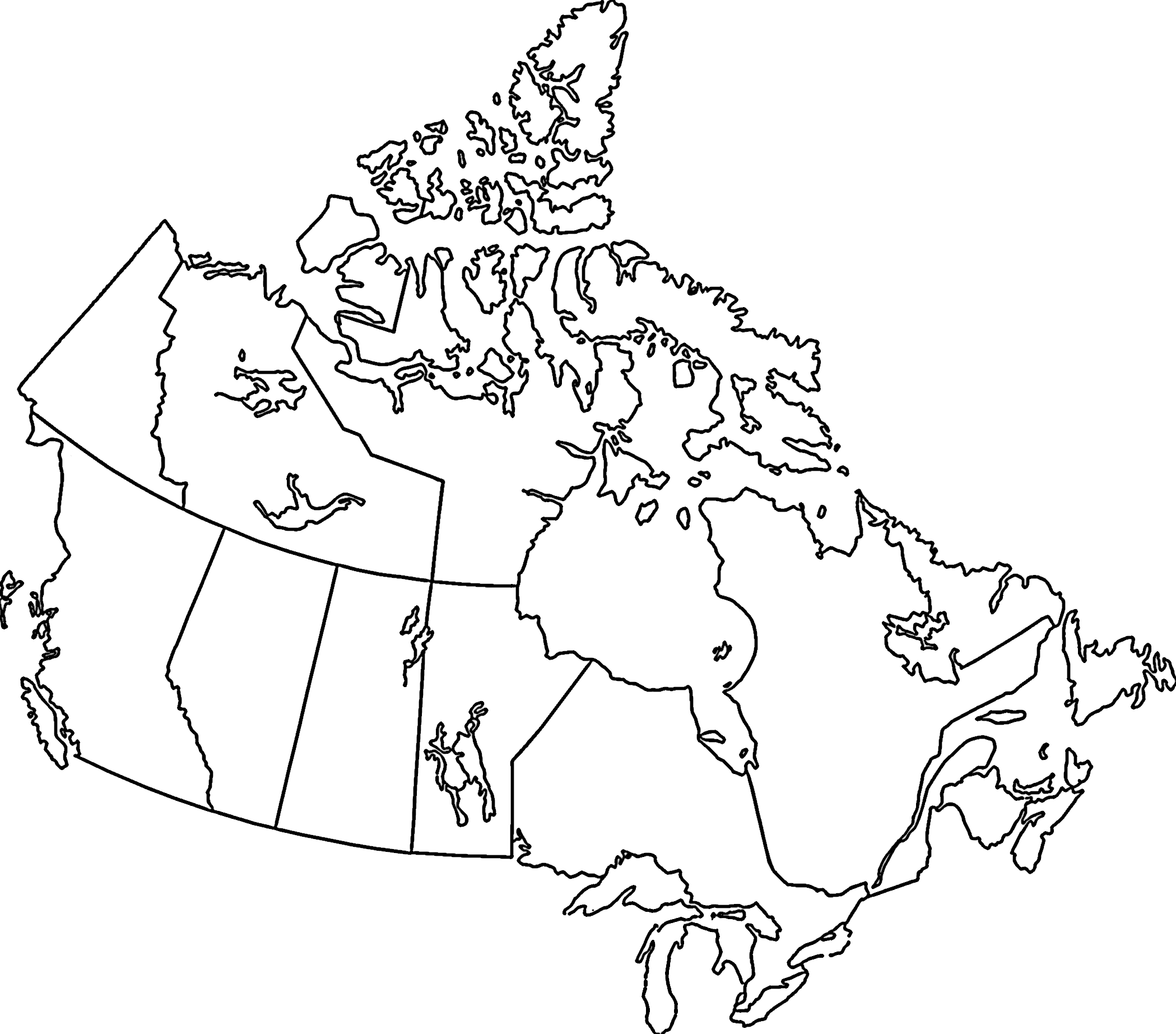


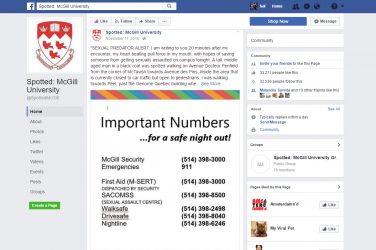
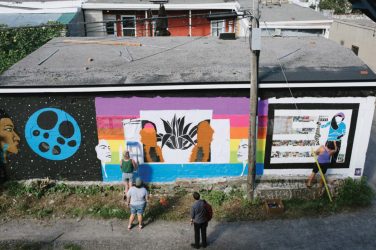

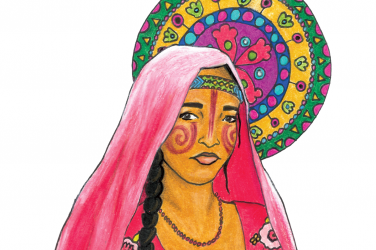
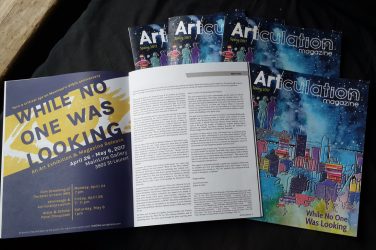
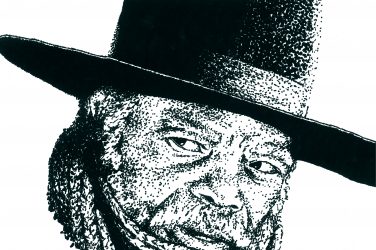
Show Comments (0)